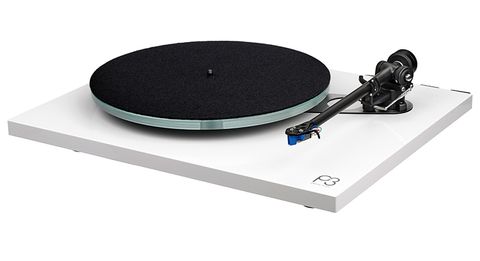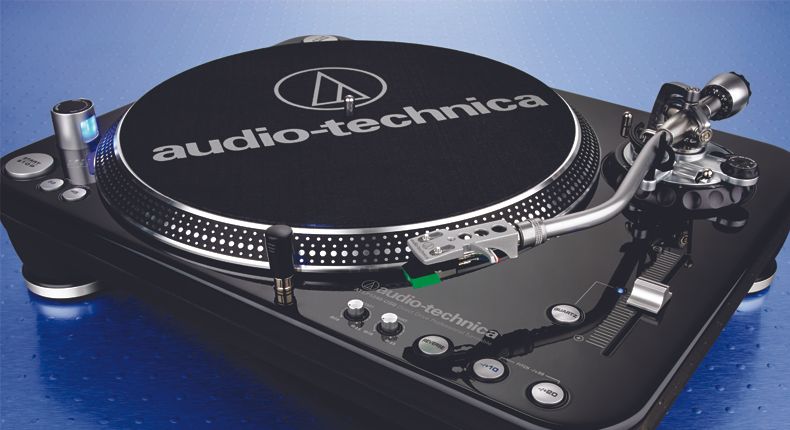It’s difficult to fathom how the Hydraulic Reference was welcomed when it was first released in the early 1960s. It defied the accepted dogma in practically every regard, unlike all other high-end turntables of the time. The deck was created by David Gammon and initially appeared in 1963. It moved into full-time production in 1964 from a tiny facility in Holloway Road, north London, and then the following year from a plant in Borehamwood, Hertfordshire.
It’s a completely unique mechanical engineering project. The Transcriptors had a 20mm Perspex baseplate (with the option of an aluminium frame) that sat on three sprung isolating feet, rather than a sprung subchassis inside a hardwood plinth, as decks like the original AR turntable and the Thorens TD150 did. The bearing assembly was installed into this, which consisted of a slim section ball-ended ground and polished steel spindle that ran onto a hardened steel push pad and onto PTFE bushes that went onto a ceramic ball bearing. To reduce noise transfer, springs and rubber grommets were used to disconnect the motor sub-assembly from the baseplate. The platter was eye-catching, with six gold-plated brass weights jutting upwards to support the record.
Surprisingly, a circular bath of gel-like silicon fluid surrounded the main bearing. A paddle was attached to a small lift/lower device, and when the paddle was lowered, it began to extract drag through the fluid, lowering the speed by up to 2%. This was, in effect, a mechanical rather than an electronic speed control at the time. Rather than being engraved into the platter as was customary, the speed control module included a small neon-illuminated strobe. A slick-acting mercury switch nearby turned the deck on and off, and a spring button let you choose between 33.33 and 45 RPM. It’s a nice feat of engineering, and it distinguishes the deck from its contemporaries, who virtually all had significantly less consideration put into their designs.
The Hydraulic Reference is best known for its association with Stanley Kubrick; the deck appeared in his masterwork A Clockwork Orange, which was released in 1971, and the deck also won a London Design Centre Award that year. Transcriptors relocated to Carlow, Ireland, in 1973, and David Gammon leased his deck to J A Michell Engineering Ltd., who had been producing a variety of Transcriptors turntable parts; the factory was right next door.
The deck came with a variety of extras, including a horse-hair sweep record cleaning and stylus brush, as well as a unipivot tonearm. However, most Reference Hydraulics came with SME cut-outs, and the deck sounds quite current with a 3009S2. It has a lot of energy and attack and is rapid, propulsive, and punchy. The great sound staging, with a very powerful central image and the impression of instruments in the mix being trapped in space, is one thing that stands out. It has a little brighter tone than its peers, and its bass is lighter but tauter.
The installation of a glass platter mat, such as the GA Audio SoundDisc, was a common mod back in the day; this smoothed out the sound slightly by addressing the design’s primary flaw, notably the insecure fit between the LP record and the platter. A record clamp was also useful in this situation. The deck’s second flaw was speed instability; it was fine in the early 1970s, but the following generation of direct drive turntables fared better in this regard. A thick platter mat, as well as a fresh belt and a thorough cleaning of the contact route, will aid here. Finally, the hydraulic fluid should be replaced; if it hasn’t already, it will have solidified into goo.
The Transcriptors Hydraulic Reference, when properly tuned, is a great sounding deck that also looks like a work of modern art. Prices have risen dramatically in recent years; twenty years ago, you could get one for £100 or less; now, you can add a zero to that. If you do pay full price for one, make sure it works properly and maintains its speed; otherwise, you’ll find yourself using it only as a lovely addition to your bijou modernist living area!







